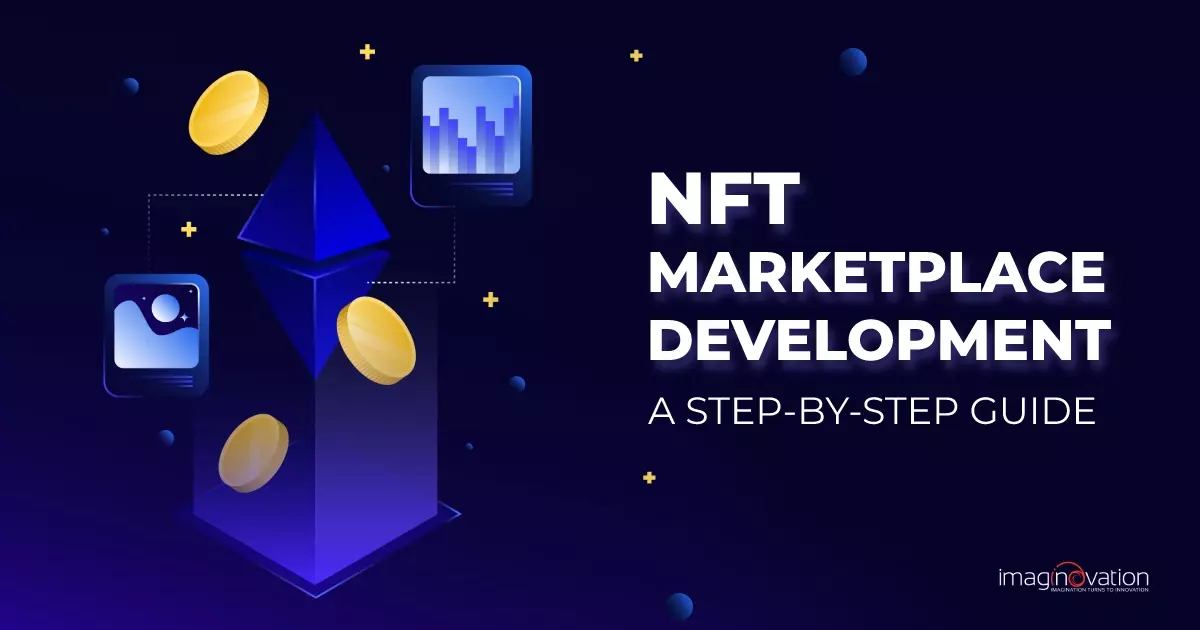In recent years, the popularity of non-fungible tokens (NFTs) has skyrocketed, transforming the digital landscape and opening new avenues for creators, collectors, and entrepreneurs alike. If you’re looking to delve into this booming market, understanding the process of developing an NFT marketplace is crucial. This comprehensive how-to-develop-an-nft-marketplace-all-in-one-guide-for-entrepreneurs provides essential insights and step-by-step strategies to help you build a successful platform from scratch.
Understanding the NFT Marketplace Landscape
Before jumping into development, it’s important to grasp what an NFT marketplace entails. Essentially, it is a digital platform where users can mint, buy, sell, and showcase non-fungible tokens. These platforms facilitate seamless transactions and secure ownership transfers using blockchain technology. Popular examples include OpenSea, Rarible, and Mintable, which have set the stage for future entrepreneurs to innovate.
Step 1: Define Your Niche and Value Proposition
Identify a specific niche within the NFT ecosystem, such as digital art, gaming assets, music, or virtual real estate. Offering a unique value proposition will differentiate your marketplace from competitors. Ask yourself: What will make your platform appealing to users and artists? Tailoring your features and marketing strategies accordingly can significantly impact your success.
Step 2: Choose the Right Blockchain Platform
Deciding on the underlying blockchain is a critical step. Ethereum remains dominant in the NFT space, known for its security and vast user base. However, alternatives like Binance Smart Chain, Solana, and Polygon offer faster transactions and lower fees. Your choice will affect platform scalability, transaction costs, and user experience.
Step 3: Design and Development
The development phase involves creating an intuitive user interface (UI) and robust backend architecture. You can opt to build your platform in-house or partner with experienced NFT development companies. Key features include user registration, wallet integration, minting tools, marketplace browsing, bidding systems, and secure payment gateways.
To streamline the development process, consider leveraging existing NFT marketplace scripts or white-label solutions. These can significantly reduce time-to-market and provide reliable, customizable platforms.
Step 4: Integrate Blockchain and Smart Contracts
Smart contracts are the backbone of any NFT marketplace. They automate transactions, royalty distributions, and ownership transfers. Developing secure and transparent smart contracts ensures platform credibility. Many entrepreneurs choose Solidity for Ethereum-based platforms or programming languages suitable for other blockchain networks.
Step 5: Implement Security Measures
Security is paramount when handling digital assets. Incorporate features like two-factor authentication, SSL encryption, and secure wallet integrations. Regular smart contract audits and vulnerability testing help prevent exploits and build user trust.
Step 6: Testing and Deployment
Thorough testing ensures your marketplace functions flawlessly. Conduct alpha and beta tests, gather user feedback, and refine your platform accordingly. Once ready, deploy on the mainnet and promote your marketplace through various marketing channels to attract users and creators.
Additional Resources and Support
Building an NFT marketplace can be complex, but numerous resources are available to assist you. For a detailed, step-by-step walkthrough, check out the comprehensive guide on how-to-develop-an-nft-marketplace-all-in-one-guide-for-entrepreneurs. Also, visit the PostRules homepage to explore professional solutions and expert insights on blockchain development and NFT platforms.
Conclusion
Developing an NFT marketplace is a promising venture that combines innovative technology with entrepreneurial spirit. By following this all-in-one guide, you can navigate each phase of development with confidence and lay the foundation for a thriving digital platform. Stay updated on industry trends, prioritize security, and focus on creating a user-friendly experience to succeed in the competitive NFT marketplace landscape.

